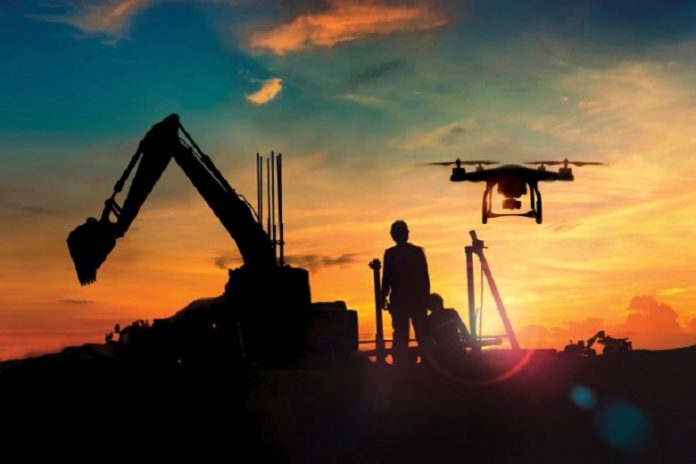Emerging from 2020, the mining and metals industry is under pressure to adapt, recalibrate, and rebuild trust across its stakeholder ecosystem. A new Deloitte report highlights seven trends that will drive this process.
Deloitte’s analysis is based on surveys and expert interviews with mining professionals worldwide. The context is a mining sector that continues to draw concern from regulators and consumers alike – mainly owing to the industry’s social and environmental impact.
And this pressure has persisted despite the sector’s best efforts to support the pandemic response last year. “In many ways, these dichotomies still exist because of a deficit in trust,” noted Andrew Stewart, global industry lead for mining & metals at Deloitte.
A trust deficit spells trouble for the future of mining, particularly when topped off with broader economic and financial challenges induced by Covid-19. With this minefield to navigate, Deloitte identified seven trends that will unfold in the industry – this year and in the near future.
Trend 1: Building resilience amid volatility
Once past the initial response of setting Covid-19 protocols and steadying the ship, Deloitte suggests that mining companies should prepare for a volatile climate through scenario planning.
Any one of four scenarios is possible: the pandemic fades away with the vaccine rollout as planned; infections persist beyond expectations putting a burden on the economy; economic recovery is inconsistent across geographies, with Asia leading the way; and things spiral out of control and into “economic freefall.” Mining companies will be best served by having a strategy for each of these outcomes.
Trend 2: M&A in an altered world
Moves to restructure and adapt to a harsh economy will likely fuel strong M&A activity in mining. That said, a growing trust deficit leaves companies with a dearth of investor options to fund transactions. The industry will have to repivot in line with new opportunities to rebuild financial performance, and regain investor confidence as a result. An example is the global transition to clean energy, where mining commodities such as nickel, cobalt, and lithium have a big role to play in solar panels and electric vehicles, for instance. Aligning with these market trends will likely boost transaction value in mining.
Trend 3: A focus on ESG
A repivot to the new world means a focus on environmental, social, and corporate governance (ESG). Companies will have to tangibly decarbonize their operations, reduce the risk of disasters, build sustainable operating models, bring value to communities through corporate social responsibility investments, and broaden their focus on corporate behavior, human rights, ethics, and diversity.
Trend 4: Creating an agile supply chain
Covid-19 served as a wake-up call for global supply chains, with cross-border closures, travel restrictions, and business disruptions causing unprecedented blockages. Mining is among a host of other industries that will look to build supply chain resilience through better visibility, strategic sourcing, localization, and supplier rationalization.
Trend 5: The path towards integrated operations
Advanced technology such as artificial intelligence and internet of things can transmit data in real time from mining operations. Analytics can help draw detailed insights that can be applied across the entire mining value chain. Mining companies will be looking to digitalize their operations, boost data capabilities, and hire the right talent to make the most of these investments.
Trend 6: Advancing the future of work
People form the bedrock of deep-rooted transformation. Whether it’s a pivot to new values or a digital transformation, mining companies will need to build a culture of change. Helping things along is a Covid-induced shift to more flexible and purpose-driven work models.
Trend 7: On the road to zero harm
Responsible and ethical operations aside, technology also has a large role to play in a safer mining operation. Safety analytics can enable predictive maintenance and incident-prevention, while hardware solutions such as wearable technology can help with collision avoidance, environmental monitoring, fatigue management, and personal injury reduction.
Source: www.consulting.us








































